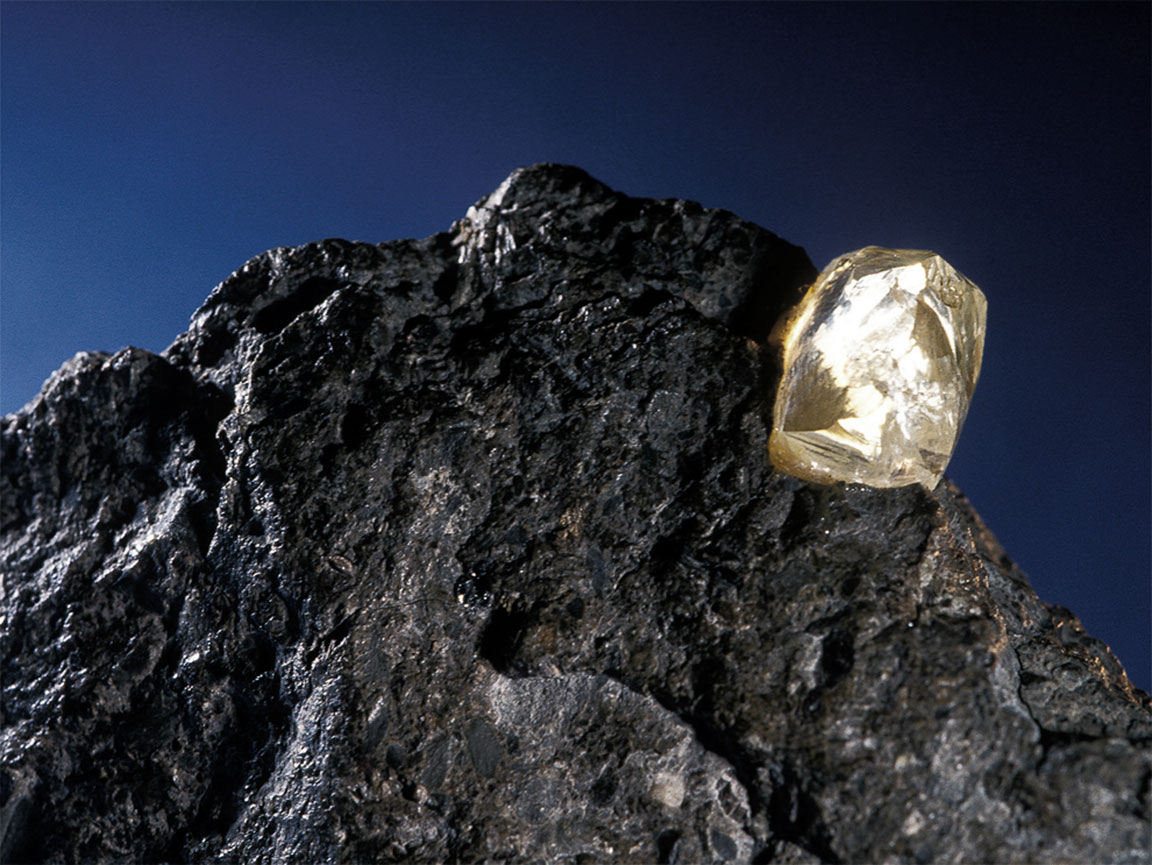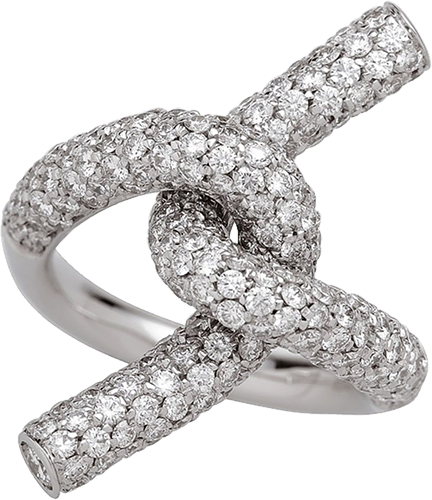Menu

4 8月 2016
Diamonds are formed at depths of 130 to 150 kilometers in the Earth’s mantle in a particular condition of high temperature and pressure. Crystals are then brought close to the surface through explosive volcanic ducts, which are characterized by a rock rich of olivine called “Kimberlite” in Kimberly, South Africa (private sources).
The kimberlite is then attacked by the erosion that crushes the rock and frees diamonds making their removal and their sedimentation with sands and gravel easier (secondary sources).
The diamonds is made of pure carbon. Also the grafite is made of pure carbon, but the crystal structure is different.
The diamonds in fact belongs to the cubic crystal structure and it often presents itself with the shape of the octahedron (8 faces) and more rarely with cubic shape (6 faces) or the one of a dodecahedron(12 faces), while the grafite has an hexagonal compact crystal structure and it doesn’t have the extraordinary hardness and transparency of the diamond.
The diamond is the purest mineral that is known but this doesn’t mean that it is unbreakable; it can be scratched only by another diamond, but a forceful hit can shatter it. It is fragile and it heats up easily according to the faces of the octahedron.
It exists a scale of hardness in order to understand indeed the hardness of the minerals. The Mohs scale. This scale takes the hardness of 10 minerals, numbered progressively from 1 to 10, as reference, as each harder mineral is able to scratch a softer one. The Mohs scale isn’t directly proportional. For example, corundum (9) is almost six times harder than topaz (8), but diamond (10) is 140 times harder than corundum (9).
MOHS SCALE:
- Talc
- Gypsum
- Calcite
- Fluorite
- Apatite
- Orthoclase feldpar
- Quartz
- Topaz
- Corondum
- Diamond

